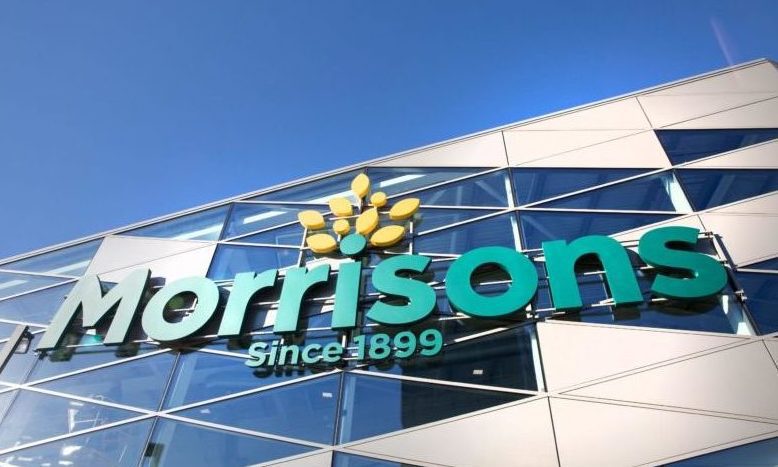Morrisons FY revenues hit £15.3bn amid ‘strongest’ quarter since 2021
Full-year like-for-like sales were up 4.9% for Q4 and 4.1% for the full year, representing eight consecutive quarters of positive LFL sales

Morrisons’ revenues jumped 3.8% to £15.3bn for the year ended 27 October 2024, with its Q4 performance being the “strongest” quarter in four years.







